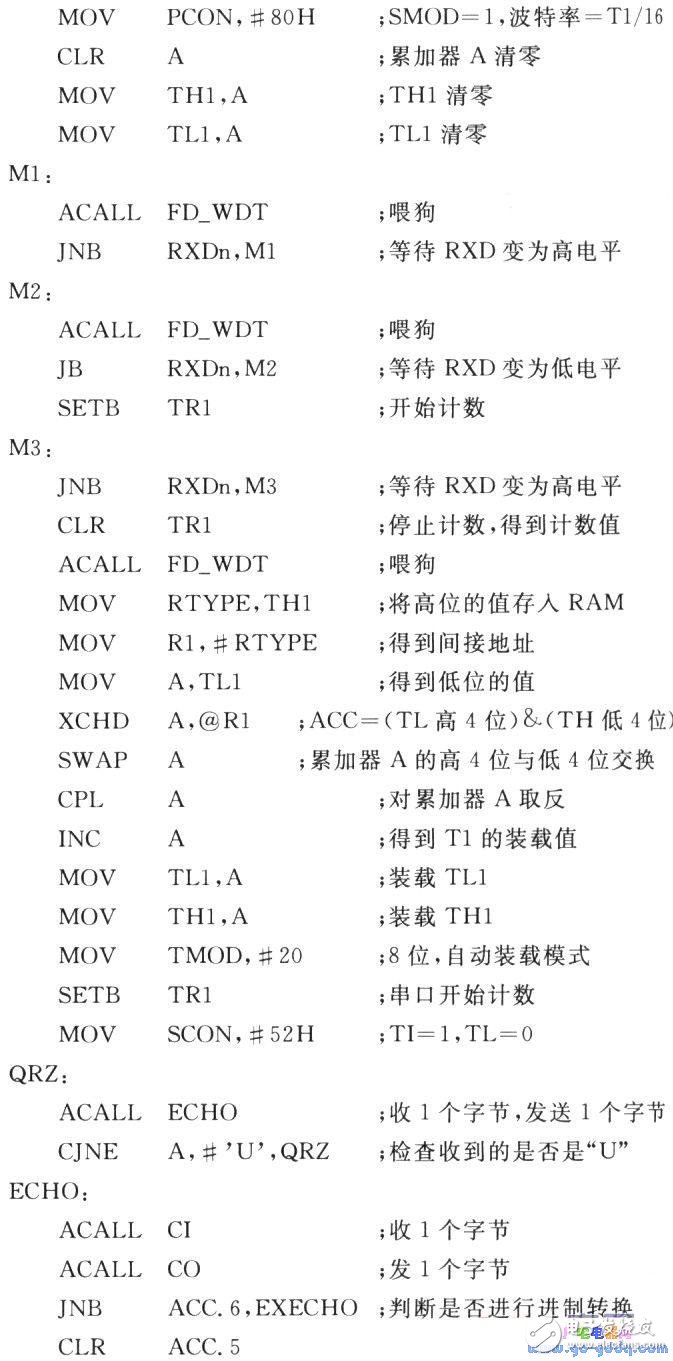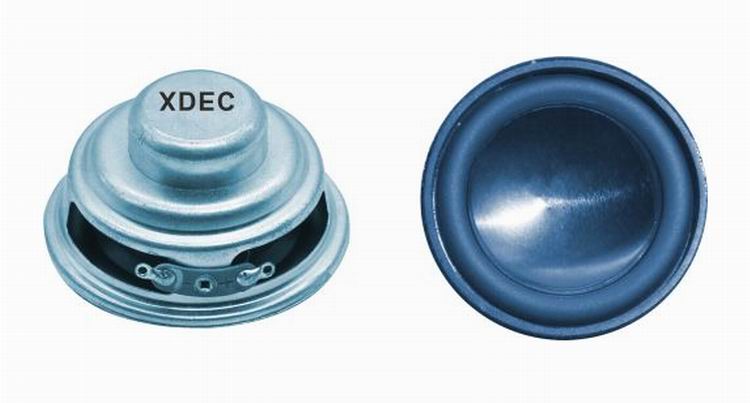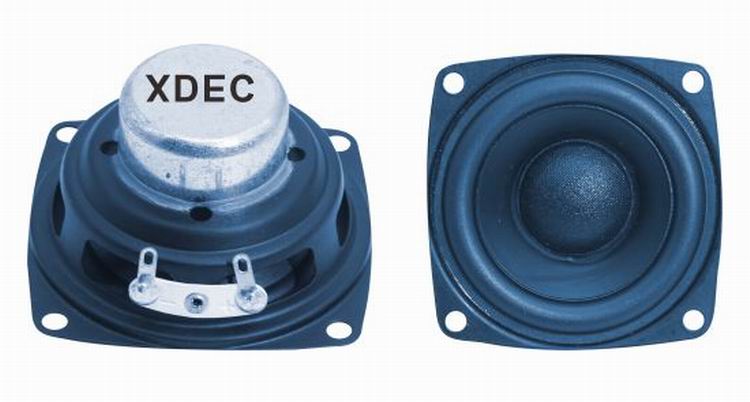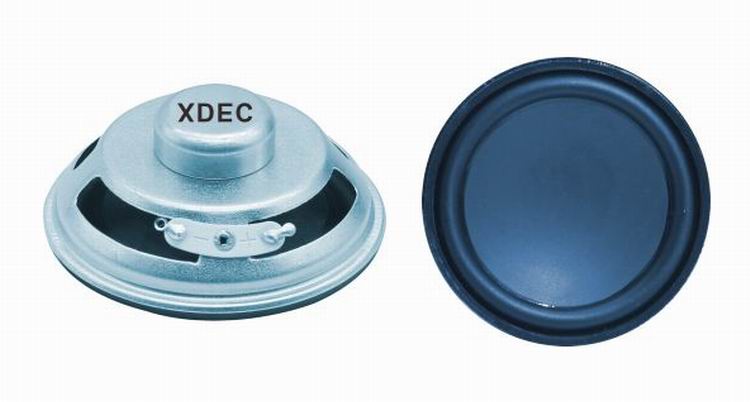After the development of the early MCU application software is completed, the program is burned into the ROM or EPROM of the MCU through the corresponding programmer, so that each erasing program needs to remove the chip from the circuit board, which is not conducive to research and development, for future Product software upgrades are also very inconvenient. With the emergence of a new generation of single-chip microcomputers, chips with ISP functions are favored by more and more embedded system development engineers, and the use of ISP functions is also increasing. Philips' 89LPC932 is an early introduction of high performance. processor.
ISP (In-System Programming) means that a blank device on the board can be programmed into the end user code without removing the device from the board. The programmed device can also be erased by ISP or Reprogramming.
Disassemble the Boot ROM source code (machine code) in the 89LPC932 as an ASM file, analyze its data processing and communication control, and understand the specific method of ISP function implementation, and modify it to be used by us. The ISP function is implemented in the RS485 communication network, so that it can work stably under certain circumstances.
1 Analysis of some codes in the Boot ROMOnly the communication part is briefly explained here.
1.1 Determination and verification of automatic baud rate
The host computer sends an uppercase English character "U" to the lower computer according to its own baud rate. The ASClI code is 55H and the binary is "01010101B", which is a set of "O" and "1" data. When the lower computer receives the data and calculates the transmission time of the 1-bit data (the time interval between two "1"s), the corresponding communication baud rate can be calculated. The following is the assembly language program:

EXECHO.
RET ; return
After calculating the baud rate, adjust the serial port, send and receive a byte, and compare the obtained number with the U ASCII code. If they are equal, the program continues to execute; if not equal, the program loops to wait. It can be seen from this that in order to ensure the communication success, the host computer must send at least 2 "U" to the lower computer.
2.05"~2.75" speaker (52~70mm)
1)2.05" speaker 52mm speaker
2)2.25" speaker 57mm speaker
3)2.5" speaker 62mm speaker
4)2.6" speaker 66mm speaker
5)2.75" speaker 70mm speaker



FAQ
Q1. What is the MOQ?
XDEC: 2000pcs for one model.
Q2. What is the delivery lead time?
XDEC: 15 days for normal orders, 10 days for urgent orders.
Q3. What are the payment methods?
XDEC: T/T, PayPal, Western Union, Money Gram.
Q4. Can you offer samples for testing?
XDEC: Yes, we offer free samples.
Q5. How soon can you send samples?
XDEC: We can send samples in 3-5 days.
2.05" Speaker 52Mm Speaker,2.25" Speaker 57Mm Speaker,2.5" Speaker 62Mm Speaker,2.6" Speaker 66Mm Speaker
Shenzhen Xuanda Electronics Co., Ltd. , https://www.xdecspeaker.com